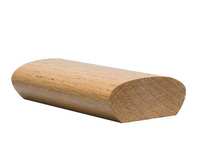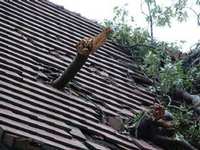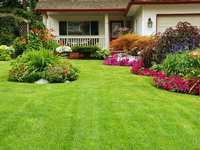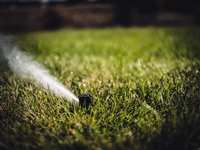Compost As A Mulch
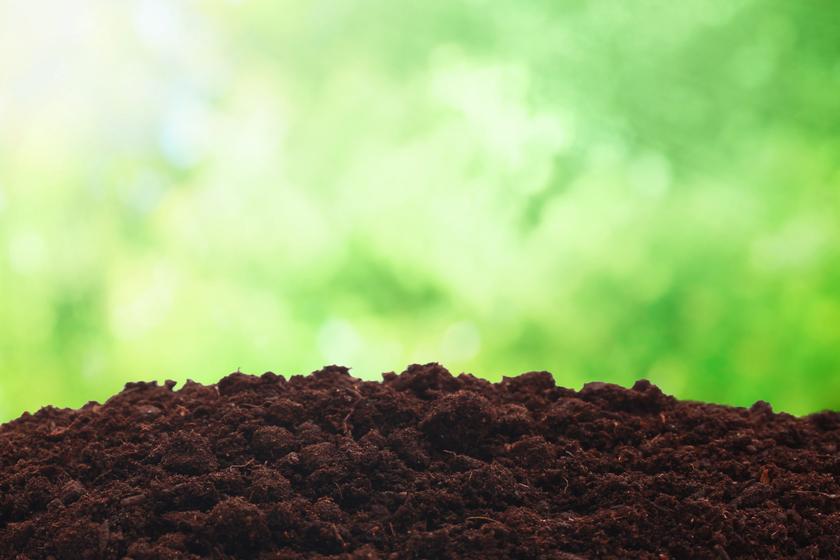
By: John Ferguson
Compost is a very high quality mulch when applied 2-4" deep for flowerbeds. For turf grass we should never apply more than 1/2 inch at one time as we do not want to smother the grass. Good compost has a high nutrient content, improves soil fertility, stimulates plant growth and general health, does not wash out in the rain, is weed free, has an above average resistance to compaction, excellent resistance to blowing away in wind, contains and stimulates the growth of beneficial soil life (microbes, worms, insects, etc.), and suppresses the growth of many weed species (often better than dangerous chemical herbicides). Research at Ohio State University has found that a 1" thick layer of good quality compost is as effective for disease control as any synthetic chemical on the market. A good compost costs more than a bad one, but experienced gardeners cannot get enough.
The only drawbacks from using compost as a mulch is a limited supply in some areas, with large swings in quality from excellent to very poor. Many products are labeled and sold as compost and they are not. Texas does not have labeling laws for compost hence many products are called compost for marketing purposes, and they do not work very well. In other words "Buyer Beware".
When using compost as a mulch, a slightly immature compost works best as it has the greatest diversity of beneficial microbes. There is an industry standard for testing compost maturity called the "Solvita compost maturity test". For use as a mulch the compost should have an index of at least 5 on the test. Note: If compost is used as a soil amendment, compost should have an index of 6 or higher and for seed germination a value of 7-8.
Many researchers have found that using 1-2" of compost directly on top of the soil with 2-3" composted native mulch on top is best combination possible as this copies the forest floor. In the forest there is a layer of dark brown crumbly organic material on top of the soil layer (e.g. compost) with a layer of brown material on top of that such as leaves, branches, twigs, etc.(e.g. mulch). The closer we copy nature the better our results.
Compost is like all other products, it can range from extremely good to very bad. For example, Municipal Solid Waste (MSW) compost while generally very inexpensive often contains pieces of glass, plastic, metals, and other contaminants. Over time, after repeated applications, these materials tend to rise to the surface and become very unsightly. Good compost is essentially free of plastic, rocks, trash and other contaminants
Mushroom Compost - Not a true compost. It is technically known as spent mushroom substrate. Mushroom producers use the word "compost" to help sell and get rid of the waste products from mushroom farms. It is high in salt and bad for gulf coast soils (a more detailed discussion will be in future articles).





